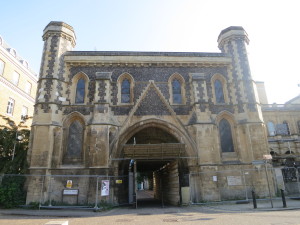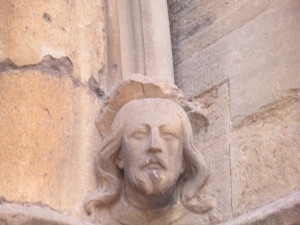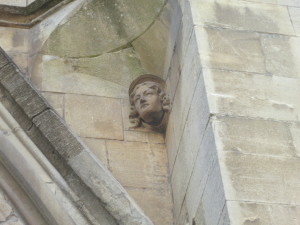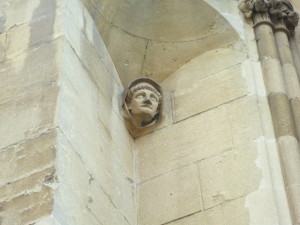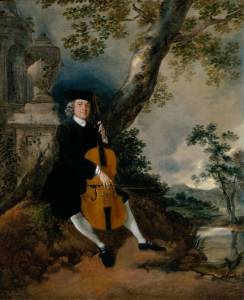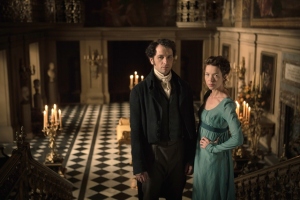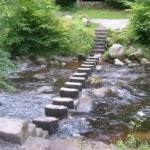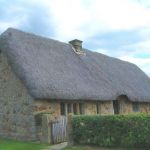The day was actually December 16th, Tuesday, but I couldn’t let this week go by without thanking Austen and all she’s done in educating me about writing (and reading, come to that).
Here are a few things I’ve learned:
You can write very hot scenes using very proper language and vocabulary. e.g. Mansfield Park, which I guest blogged about on Jess Michael’s site earlier this week.
You don’t need excessive, if any, descriptions of people or places. Fine eyes. It says it all.
You don’t need to wrap everything up at the end of a book but if you feel compelled to do so, you may certainly leave something to be read between the lines;
Happy for all her maternal feelings was the day on which Mrs. Bennet got rid of her two most deserving daughters. With what delighted pride she afterwards visited Mrs. Bingley, and talked of Mrs. Darcy, may be guessed. I wish I could say, for the sake of her family, that the accomplishment of her earnest desire in the establishment of so many of her children produced so happy an effect as to make her a sensible, amiable, well-informed woman for the rest of her life; though perhaps it was lucky for her husband, who might not have relished domestic felicity in so unusual a form, that she still was occasionally nervous and invariably silly.
Mr. Bennet missed his second daughter exceedingly; his affection for her drew him oftener from home than anything else could do. He delighted in going to Pemberley, especially when he was least expected.
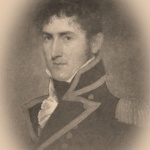 And thanks, Jane, for having such hot brothers, because I find all your portraits awful. Here’s Charles (1779-1852), one of her Navy brothers who rose to become Admiral of the Fleet. Yowsers. The nose works on him.
And thanks, Jane, for having such hot brothers, because I find all your portraits awful. Here’s Charles (1779-1852), one of her Navy brothers who rose to become Admiral of the Fleet. Yowsers. The nose works on him.
Have you celebrated Austen’s birthday this week? How?


